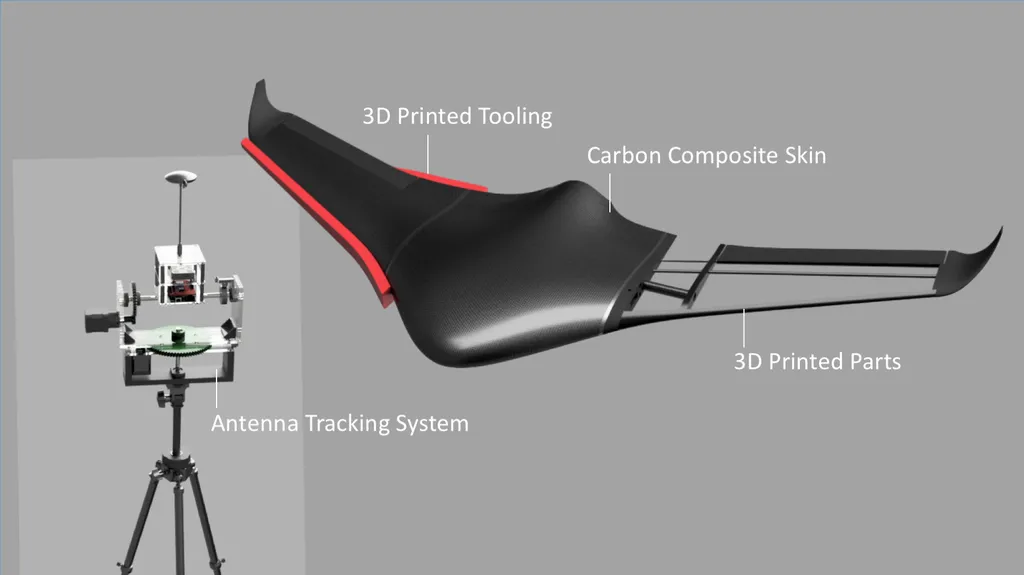In the rapidly evolving landscape of unmanned aerial vehicles (UAVs), a team of researchers from the University of Warwick, led by Jonathan Spurgeon, has made significant strides in developing a comprehensive approach to the design, optimization, and fabrication of autonomous multi-rotor UAVs. The team, comprising Aniruth A, Chirag Satpathy, Jothika K, Nitteesh M, Gokulraj M, Venkatram K, Harshith G, Shristi S, and Anushka Vani, has published their findings in a recent study, highlighting the pivotal role of UAVs in military, agriculture, surveillance, and logistics.
The research addresses the growing need for a holistic methodology in UAV design, encompassing conceptual design, material selection, weight optimization, stability analysis, avionics integration, and advanced manufacturing. The team’s innovative approach includes the incorporation of autonomous payload delivery systems, which utilize object detection models tailored to specific applications while maintaining cost efficiency. This comprehensive methodology aims to revolutionize the way UAVs are designed and deployed, enhancing their capabilities in various sectors.
One of the key aspects of the study is the comparative assessment of potential composite materials and quadcopter frame configurations. The researchers identified the novel features of their design, including a payload-dropping mechanism, a unibody arm fixture, and the utilization of carbon-fibre-balsa composites. These features not only improve the structural integrity and performance of the UAVs but also contribute to their cost-effectiveness. The team designed and analyzed a quadcopter using their proposed methodology, followed by its fabrication using additive manufacturing and vacuum bagging techniques.
The study also introduces a computer vision-based deep learning model that enables precise delivery of payloads by autonomously detecting targets. This advanced technology enhances the UAVs’ ability to perform complex tasks with high accuracy, making them invaluable assets in defence and security operations. The integration of autonomous payload delivery systems into UAVs opens up new possibilities for military applications, such as precision strikes and supply missions, as well as civilian applications like disaster relief and search and rescue operations.
The practical applications of this research are vast and hold significant promise for the defence and security sector. The holistic approach to UAV design and fabrication developed by the University of Warwick team can lead to the creation of more efficient, reliable, and cost-effective UAVs. These advancements can enhance the capabilities of military forces, improve surveillance and reconnaissance operations, and support logistics and supply chain management in challenging environments. Furthermore, the integration of autonomous payload delivery systems can revolutionize the way UAVs are used in both military and civilian contexts, providing new solutions to complex problems.
In conclusion, the research conducted by the University of Warwick team represents a significant step forward in the field of UAV technology. Their holistic approach to design, optimization, and fabrication, coupled with the integration of advanced autonomous systems, offers a blueprint for the development of next-generation UAVs. The practical applications of this research are far-reaching, with the potential to transform defence and security operations, as well as other sectors where UAVs play a crucial role. As the technology continues to evolve, the insights and innovations presented in this study will undoubtedly contribute to the ongoing advancement of UAV capabilities and their impact on various industries.
This article is based on research available at arXiv.

